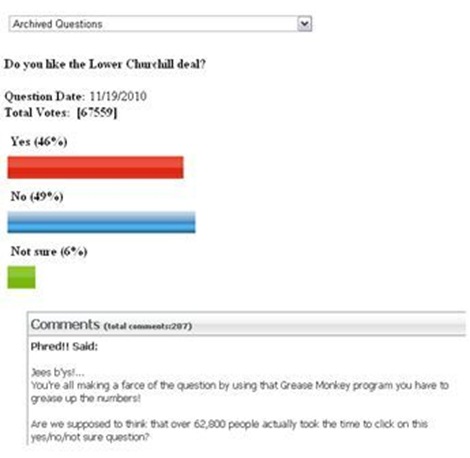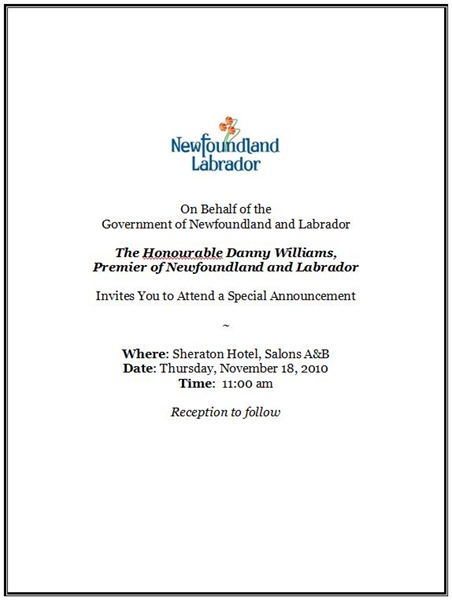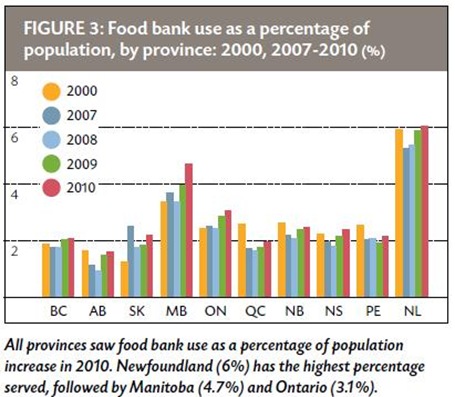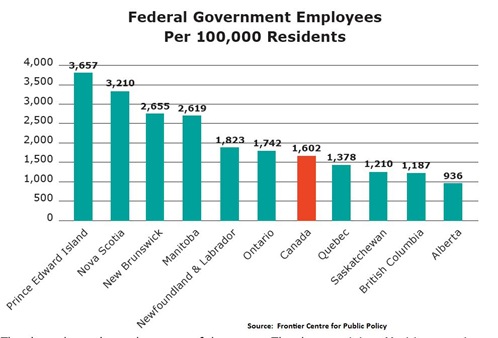Open-line has little impact on the formation of big-picture public policy, but does have a strong effect on government behaviour, with political actors paying "considerable attention" to what is said on VOCM.
That has translated into partisan efforts to control the frequency, as it were - intense monitoring of open-line programs for rapid reaction to issues that may arise; promoting party positions through stacking the lines to suggest grassroots support; and using the airwaves to avoid answering difficult questions from other media outlets.Sadly, it isn’t available online unless you are a Telly subscriber.
The story discusses an article by Memorial University political scientists Alex Marland and Matthew Kerby who conducted a detailed study of politicians and talk radio in the province. As part of the research, Marland and Kerby compiled statistical analysis of callers, frequency of calls and dates as well as a series of in-depth interviews with politicians, political staff and journalists.
Regular readers of this corner of the universe will recognise the discussion, for example, in this section of the Telegram story about planted callers,
Marland and Kerby found that the limited pool of callers to open line presents "a very serious credibility gap," with line-stacking so prevalent it is believed that the lines are monopolized by a pool of just 30 to 100 callers.
"The prevalence of political calls questions whether the openness and spirit of talk radio is supplanted by parties' efforts to control the shows' content," the MUN researchers note in their paper.There’s also a section on poll goosing, that is timing announcements and open line activity to coincide with CRA polling periods.
And the bizarro attention paid to VOCM Question of the Day? Here’s a tiny bit of the Marland and Kerby take on things:
One respondent provided us with tabular data of efforts to influence the outcome, which involved hundreds of automated repeat votes that were critical of Williams, and which almost instantly provoked an apparently automated response supporting the premier. This occurred only during the workday and not in the evening (one minister told us that party staff‘go crazy’ clicking during the day).[Note: Marland and Kerby here are referring to political staff working in government offices]The one thing they really don’t make clear is that the level of this sort of activity since October 2003 dwarfs anything that went before. Some people may like to think otherwise, just as some people like to deny this sort of stuff goes on at all. The evidence speaks loudly for itself, however.
“The audience is listening: talk radio and public policy in Newfoundland and Labrador" is available in the November 2010 issue of Media, Culture and Society, a peer-reviewed journal of research on communications and society. Individual articles are available for purchase online or through your local library.
The Memorial University Library subscribes to MCS for those who can access it.



![qotd20nov1030[4] qotd20nov1030[4]](http://lh3.ggpht.com/_1JCeohwjuLE/TOiQlQOtWwI/AAAAAAAACnw/rdrOZzfMLiM/qotd20nov1030%5B4%5D_thumb%5B3%5D.jpg?imgmax=800)





